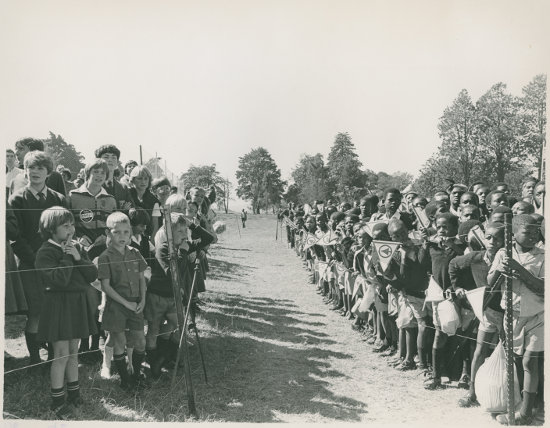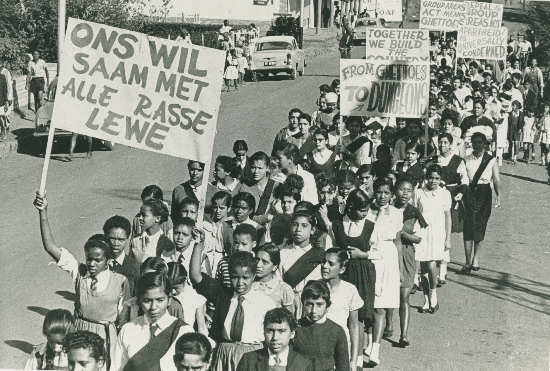 Black children under apartheid grew up with little hope of a bright future. They lived in poverty and like their parents were subjected to the hardships and horrors of the brutality of the apartheid regime. When the National Party came into power in 1948, they introduced a wide range of apartheid laws. These laws aimed to keep black and white people apart in all aspects of social life, and to control the movement and economic activity of black people.
Black children under apartheid grew up with little hope of a bright future. They lived in poverty and like their parents were subjected to the hardships and horrors of the brutality of the apartheid regime. When the National Party came into power in 1948, they introduced a wide range of apartheid laws. These laws aimed to keep black and white people apart in all aspects of social life, and to control the movement and economic activity of black people.
The Bantu Education Act of 1953 affected the lives of black youth directly. Dr Verwoerd, the Minister of Native Affairs at the time, argued that African education should be inferior to that of white education and that Africans should only be trained to become unskilled labourers. He said:
“The Natives will be taught from childhood to realise that equality with Europeans is not for them. There is no place for the Bantu child above the level of certain forms of labour."

Thus, it was very clear that education would not open any doors of opportunity for young black children.
However, black youth recognised that if they wanted to advance and improve their lives, they needed a good education. It was therefore in resistance to Bantu education that their angry voices were heard most loudly and strongly
Through their militant action against Bantu Education, the youth became radicalised. They became aware of their own oppression and played an increasingly important role in challenging the apartheid state in the 1980s. They formed youth organisations and joined with wider political organisations to form part of the mass resistance that played a critical role in ending apartheid.
EXhibitions in the classroom
Visualising the past
Analyse photographs
- What do you think is happening in the first picture on this page?
- What message do you think the photographer is trying to get across? Use evidence from the photograph to explain your answer.
- In what time period do you think the second photograph was taken? Look for clues in the photograph.
- Provide an interesting caption for this second photograph, which captures the spirit of what is happening.
- Do you think that these two photographs are effective as the opening photographs of the exhibition? Explain your answer.


